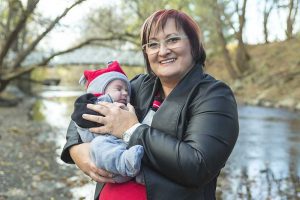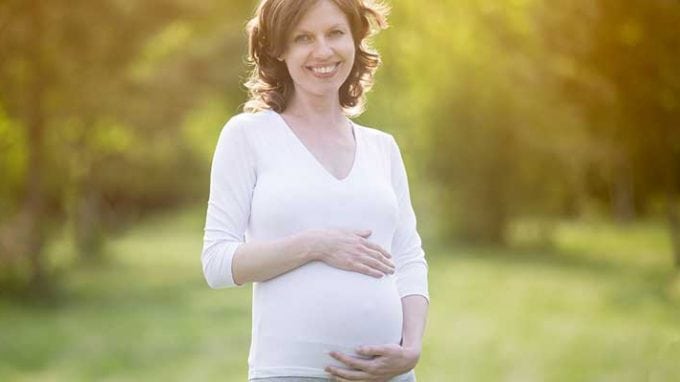A newly developed fertility treatment involving blood plasma could mean the possibility of pregnancy for post-menopausal women.
Fertility Decreases with Age

A woman’s levels of estrogen and progesterone, which are responsible for ovulation, decrease with each passing decade, producing the gradual decline in fertility until a woman’s early 40s. That steep drop in the average fertility rate in a woman’s late 40s is due to menopause and perimenopause.
Menopause is characterized by a drastic drop in hormone levels, which stops a woman’s periods altogether. With no periods, there is no ovulation, and thus no conception. A woman is defined as having reached menopause when she has not had a period for over a year. The average age for this milestone is 51. On the other hand, perimenopause is the time leading up to menopause in which menstrual periods occur less and less frequently. Both perimenopause and menopause are responsible for the end of a woman’s fertility.
Motherhood Later in Life
Women’s biology often works against us. Many women in modern times wish to have children well into mid-life. This is due to multiple factors. For one, we no longer live in an era where there’s an economic need to have children (e.g. needing children to assist with farm work). In fact, it could be said to be the opposite: The current economic conditions in the West often prevent couples from affording children until later in life. Additionally, there isn’t as much of a societal pressure to have children as there was in older decades. It is considered increasingly normal to put off having children.
It should be acknowledged that getting pregnant over age 35 does have its risks. Older mothers are at greater risks for pregnancy and birth complications as well as birth defects such as Down syndrome.

The changes in the economy and in society mean that more and more women either want to or can only afford to conceive a child later in life. Therefore, fertility treatments to make conception easier for older women are of great interest.
The New Fertility Treatment for Older Women
Greek gynecologist Kostantinos Sfakianoudis has discovered a groundbreaking fertility treatment method. The treatment involves drawing out some of the patient’s own blood and spinning it in a centrifuge to extract the blood plasma. This is the pale yellow liquid component of blood in which the blood cells are suspended.
The woman’s plasma is then injected into her ovaries and uterus. This seems to have a rejuvenating effect on the reproductive system, stimulating new ovulation after menopause has already passed. It’s not clear why this procedure works, but scientists believe that the plasma has the ability to “wake up” ovary stem cells.
This treatment was tested on 27 women who were either menopausal or perimenopausal. Although only 2 of the 27 women became pregnant, about a 7 percent success rate, this new discovery is revolutionary. With more research, the procedure can be optimized to be more effective. It may also pave the way to new types of similar treatments. In the next few decades, we may see older mothers conceiving just as easily as younger mothers.




